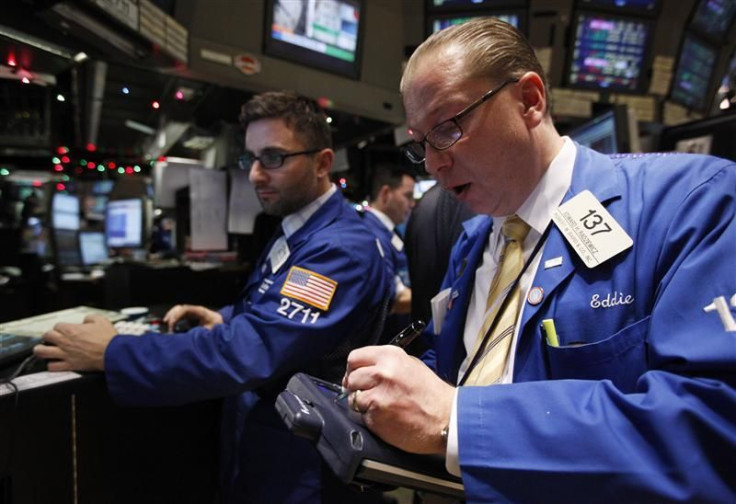What to Look for in the Markets This Week

Tom Sowanick is Co-President and Chief Investment Officer at Omnivest Group in Princeton, N.J.
Last week was an awesome week for global equities. The S&P 500 Index gained 7.46 percent -- its largest weekly gain since March of 2009 when the rally began. During the first week of the rally in 2009, the S&P gained 10.78 percent.
Corroborating the broad strength of equities was the increase in long term Treasury yields. The 10-year and 30-year Treasury yields rose by 6.9 basis points (bps) and 10.5 bps respectively. The increase in equities and interest rates may be hinting that “risk-on” strategies may be nudging back into the markets.
The catalyst for strong equities has been centered on the developments in Europe rather than on any one or collective piece of economic data. Last week, we had a commitment by the Federal Reserve and five other central banks to lower the U.S. dollar swap rate in order to ease European bank funding pressures through 2012. In addition, European National Central Banks proposed a plan to fund the International Monetary Fund (IMF) with $270 billion to be re-directed by the IMF to troubled European countries.
These announcements are preceding what is expected to be a significant “make-or-break” summit at the end of next week by the European leaders. This coming Monday, German Chancellor Angela Merkel and French President Nicolas Sarkozy will meet to iron out their differences before the all-important summit. There is a clear sense of urgency that has emerged in recent weeks that may have finally pushed the European leaders to take action. We would expect a parade of comments this coming week that will give a sense as to how close the European Union (EU) leaders are coming to some form of an agreement.
It is our judgment that the leaders will not disappoint investors this week and will pave the way for the potential of an even more significant year-end rally for risk assets.
Domestically, the economic data continues to portray an economy that, not only avoided a double-dip recession, but is gaining momentum as we close the year out. Data this week will be light with only Non-Manufacturing ISM, Factory Orders, Initial Unemployment Claims and Friday’s University of Michigan Consumer Confidence reports.
The European Central Bank (ECB) meets on Thursday and will likely maintain current policies, especially in light of Friday’s summit. However, should the summit prove successful, the ECB could take on a larger role by adding more liquidity, either by lowering interest rates or buying larger amounts of government debt.
In the meantime, fixed income investors should be focused on whether yields move back above their 50-day moving average. Stock investors will be focusing on the 200-day moving average for the S&P which is 1264.95 for a potential break-out signal.
© Copyright IBTimes 2024. All rights reserved.





















